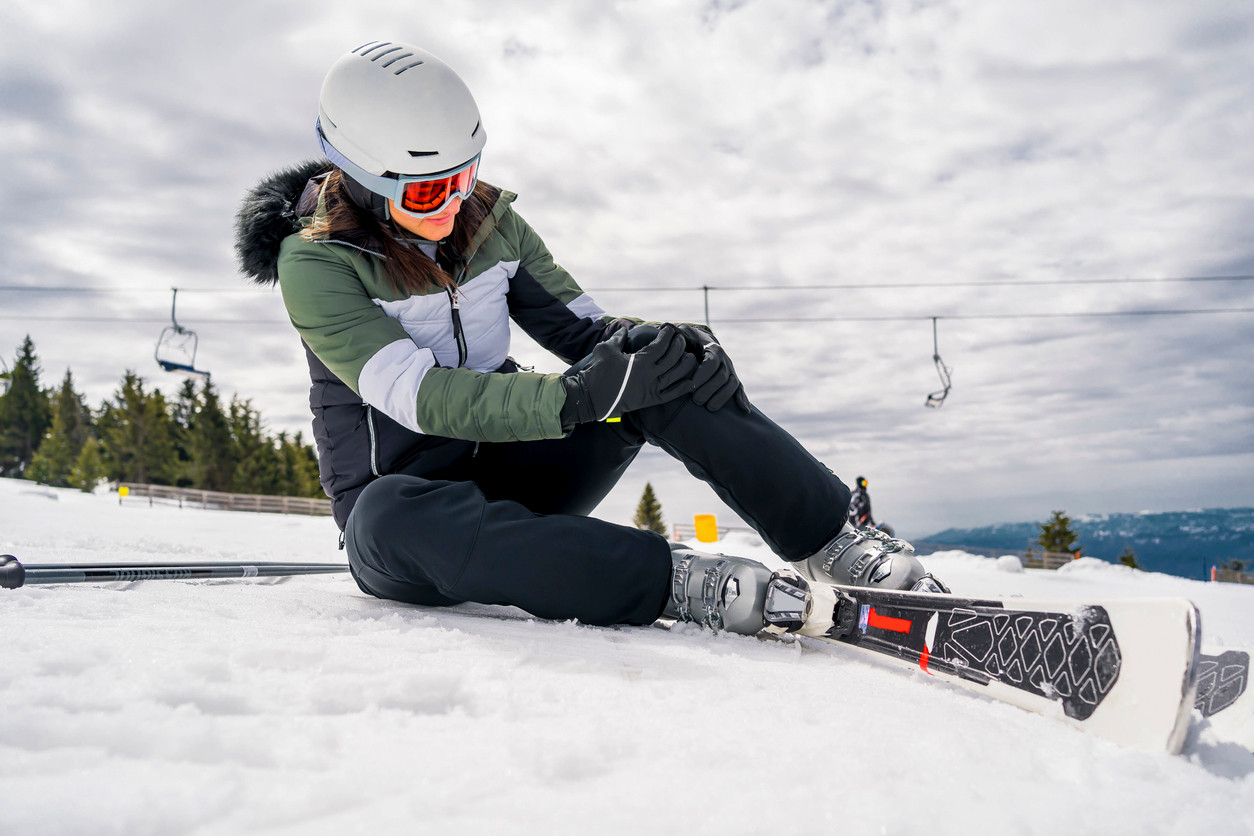Knee pain after skiing: common causes and treatment
Knee pain after skiing is common, physical therapists say. Prevent it by warming up, doing strengthening exercises, and more.
0 $ pour vous
Date de publication : Apr 15, 2025
Table des matières
Fully covered knee pain relief
Find relief from knee pain, knee locking, stiff knees, & more.
Check if I'm eligibleExercises for knee pain after skiing
Want expert care? Check if you're covered for our free program →- Seated Knee Extension
- Seated Adductor Stretch
- Hamstring Stretch
- Knee Hug
- Side Lying Quad Stretch
- Knee Rocking
